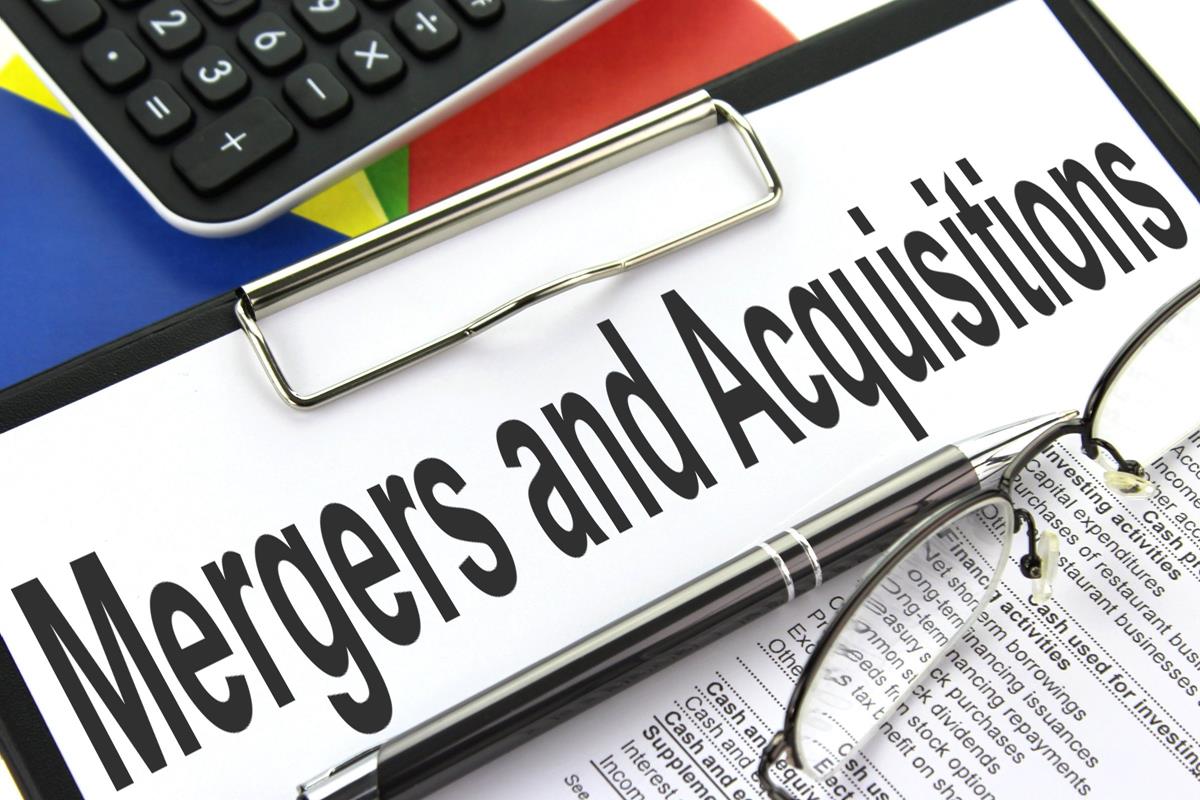After That Big Merger, What Happened?

Image Source: Nick Youngson CC BY-SA 3.0 Alpha Stock Images
There are often substantial controversies over whether a merger should be allowed to happen, but then relatively little follow-up after the event. Of course, if a merger was blocked, then it’s hard to know whether it would have led to good or bad outcomes. But when a controversial merger is allowed, it’s fairly straightforward to see if the negative predictions actually happened.
Brian Albrecht, Dirk Auer, Eric Fruits, and Geoffrey A. Manne take on this task in “Doomsday Mergers: A Retrospective Study of False Alarms” (International Center for Law and Economics, March 22, 2023). Here’s their summary:
Amazon-Whole Foods
The first merger we look at is Amazon’s purchase of Whole Foods [in 2017]. Critics at the time claimed the deal would reinforce Amazon’s dominance of online retail and enable it to crush competitors in physical retail. As now-FTC Chair Lina Khan put it: “Buying Whole Foods will enable Amazon to leverage and amplify the extraordinary power it enjoys in online markets and delivery, making an even greater share of commerce part of its fief.”
These claims turned out to be a bust. … [S]several large retailers have grown faster than Amazon; Whole Foods’ market share has barely budged; and several new players have entered the online retail space. Moreover, the Amazon-Whole Foods deal appears to have delivered lower grocery prices and increased convenience to consumers.
Beer-Industry Consolidation
… ABI’s acquisition of SABMiller in 2016, … critics claimed would increase the price of beer and decimate the burgeoning craft-beer segment. Instead, the concentration of the beer industry decreased after the mergers, prices did not increase on average, and the craft-beer segment thrived...
Bayer-Monsanto
… Bayer’s acquisition of Monsanto [in 2018] … was met with stern rebukes from policymakers and academics. Critics argued that the merger would raise the price of key seeds, such as corn, soy, and cotton. Perhaps more fundamentally, the deal’s opponents argued it would further concentrate the agri-food industry, forcing farmers to deal with only a handful of seed providers. … Fast forward to today, and these fears appear overblown. Seed prices have remained roughly constant … and there is little evidence that the life of farmers and rural communities has been significantly affected by the merger...
Google-Fitbit
[Before] Google’s acquisition of Fitbit [in 2019]… The deal’s opponents claimed the merger would reinforce Google’s position in the ad industry and prevent new entry; harm user privacy by enabling Google to integrate Fitbit health data into its other ad services (or sell this data to health insurers); and crush burgeoning rivals in the wearable-device industry. … [A]vailable evidence suggests the exact opposite has occurred: Google’s share of the online-advertising industry has declined, as has Fitbit’s position in the wearable-devices segment. Likewise, Google does not use data from Fitbit in its advertising platform; not even in the United States, where it remains free to do so. Meanwhile, the merger enabled Google’s entry into the smartwatch market as an upstart competitor against the market leader, Apple...
Facebook-Instagram
Facebook’s acquisition of Instagram provides a different perspective. At the time, basically no one worried about it from an antitrust perspective and many pundits lambasted the purchase as a poor business decision. It is only in retrospect that people have started to see it as the merger that got away and evidence of the problems with allegedly weak enforcement. … Even in retrospect, however, it is far from obvious that the acquisition was anticompetitive. Immediately upon purchase, Facebook was able to bring Instagram’s photo-editing features to a much larger audience, generating value for users. Only later did Instagram turn into the social-media giant that we know today. The recent rise of TikTok casts further doubt on claims regarding the supposed market dominance of a combined Facebook and Instagram. A merger that benefited consumers without generating impenetrable market dominance hardly seems like overwhelming proof of the failures of enforcement.
Ticketmaster-Live Nation
…[P]eople have complained about Ticketmaster being a monopolist ever since it came to prominence. Yet, there was little outrage at the merger with Live Nation [in 2010]. … Ticketmaster’s market share appears to have fallen following the merger with Live Nation. There is thus little sense that the deal harmed consumers. So why the disconnect between longstanding frustration and antitrust enforcement? The agencies have seen the beneficial effects of mergers in a difficult multi-sided market between fans, venues, and artists. After investigation, the agencies found that the merger was primarily a vertical one between a ticketing website (Ticketmaster) and a concert promoter (Live Nation), which could be pro-competitive for the overall multi-sided market. The DOJ placed behavioral remedies in place and allowed the merger.
The article goes through these examples in some detail. I don’t mean to endorse all of their interpretations of events and outcomes, but they do show pretty clearly that dire predictions about the ill effects of mergers need to be taken with a few spoonfuls of salt. I would only add that from the perspective of investors and shareholders, the promised benefits of mergers–those “synergies” that are conjured up every time a few consultants and investment bankers get in a conference room together–need to be taken with a few spoonfuls of salt, too.
More By This Author:
Industrial Policy Lessons From South Korea
China’s Evolving Dominance Over Critical Materials
Taking Long-Term Stock Returns Seriously
Disclosure: None.



